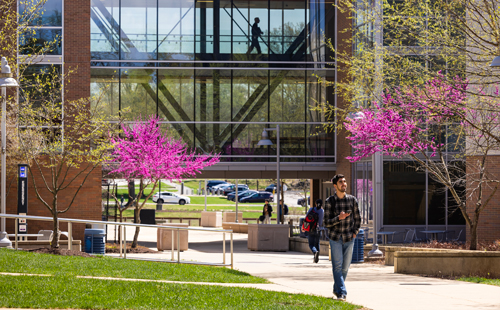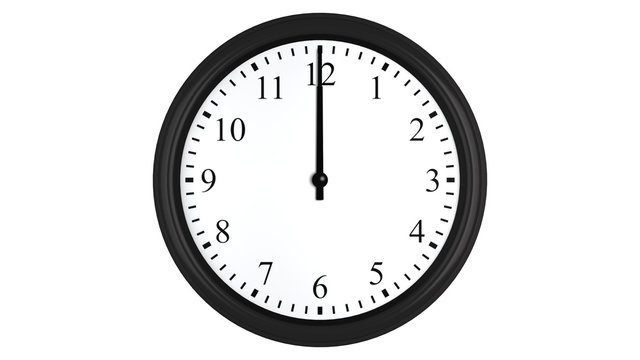It’s a new school year at CHS, and aside from the urgent chaos of switching into classes to avoid nefarious teachers, this means another slew of anti-bullying art contests, apparel and awareness videos. Yet, this year seems distinctly different from the previous three, that is, since the anti-bullying campaign began at CHS. Instead of shrugging off the message as irrelevant or cheesy, students are noticeably coming together in response to this growing problem in the community.
However, what seems to be great success for the overtly sensational “Be The Change” campaign (and the CHS administration and SGA who spend a great deal of resources sponsoring it) is actually not helping the bullying problem at all. In fact, all the action that is being taken in the name of eliminating bullies is worsening the current problem at our school.
According to assistant principal Doreen Brandes, the number of reported bullying incidents is increasing. With a 20 percent increase of bullying complaints between the 2009-2010 and 2010-2011 school years, the administration more urgently wants students to recognize that “they are the power-agents” in identifying and stopping bullies.
Yet, increased effort from the school and SGA will do nothing to quell the rise of bullying in CHS. To understand why, we must look at the supposed solution a bit closer. If one dwells on the word “bully,” classic Hollywood scenes of school fights and the star quarterback beating up the nerd for his milk money immediately come to mind. A bully is defined in our culture today as someone who lives to terrorize others in a school setting.
Contrary to what the many bullying posters around the school imply, the traditional Hollywood bully does not exist at CHS. What does exist here, along with every other high school in the world, is teasing.
Obviously, it is not the goal of ending bullying that is flawed, but rather, how the message is presented that confuses the school. According to Brandes, the program was started three years ago when a group of students recognized how hurtful teasing is and decided to raise awareness about the issue. Simply to make the program sound a bit more worthwhile than the “anti-teasing” campaign, they dubbed it the “anti-bullying” campaign.
The “anti-bullying” program has worked perfectly but for one problem: students are keeping their eyes peeled for exactly what the administration tells them to prevent: bullying, while the real problem is overlooked.
The next time Johnny asks you to “Be the Change,” realize the sad irony of the situation. While both you and Johnny have the self-righteousness to declare that you never have nor ever will bully someone, all of us have teased and will tease people unintentionally. The administration is not trying to control bullying, but mean remarks that can hurt someone’s feelings. Unfortunately, this kind of behavior, though regrettable, cannot be avoided no matter how many “Be the Change” bracelets are sold.
The administration’s actions at the beginning of the school year perfectly epitomize how it does not understand how to effectively raise awareness about an issue. The “Be the Change” video did not address the real problem. Instead of focusing on how easy it is to unknowingly bully someone, the video’s sole purpose was to put a face to the saying by having a number of people (mostly SGA members and CHS athletes) ask students to “be the change.” Not only is this elitist, but it assumes that these more popular people do not tease others, which is simply not the case.
In its efforts to reconcile society’s monsters, the administration has created a monster of its own; a monster, it will soon find, that will only expand the more the school aims to lessen it. As long as the administration uses the term “bully,” students will be scouring the school to find the ever-elusive jerk that shoves kids in lockers, while the kid that feels left out of a group will continue to suffer at the hands of misunderstanding friends.
If the administration and SGA truly want to purge CHS of the flaw that every school shares and that students everywhere have to deal with, it should call it for what it really is, the “anti-teasing” campaign. Otherwise the school is wasting resources that could be better spent on doing good in the community.
However, if the status quo is not challenged soon, the complaints will continue to increase, and the administration will undoubtedly hype up the bully issue even more in response. More time and resources will be consumed and all that is to be gained is a school frantically trying to bite its own tail.







